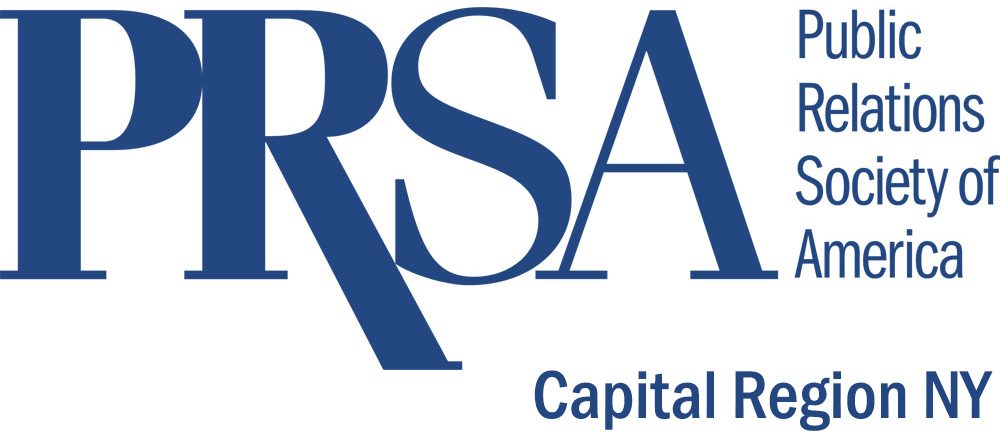By David Alexander
Assistant Athletics Director/Sports Information Director
The College of St. Rose
Director-at-Large, PRSA-Capital Region Board of Directors
The proliferation of social media tools coupled with the declining sustainability of traditional media outlets has forced college athletics programs and its communications officers to redefine their roles. College athletics communicators are not only charged with pitching stories and placing their institutions in the mainstream media, but they now find themselves in the news business as well.
When former Siena College men’s basketball head coach Fran McCaffery was named the head coach at Iowa last year, the school established tight parameters for his first comments. The media relations office set out notice to local outlets that he would not be speaking to them. Instead, his first statement was aired on the Big Ten Network, which is partially owned by the school. Meanwhile, the players spoke exclusively through the school’s website.
Such restrictions have furthermore extended to the use of video and photography as college’s with large and renown athletics programs have begun limiting the number of photographs media outlets may use from a specific event, as well as how much video content and when such content may be aired.
Not surprisingly, traditional media outlets scoff at such restrictions, especially at a time when their readership and viewership is in sharp decline.
It all leads to the question, are sports teams still primarily part of the news cycle or have they chiefly become commercial entities? The debate as usual comes down to money and the importance of independent accountability, along with the contemporary idea of a free press.
Almost all schools, and all major professional teams, now produce their own content that they publish on their websites or even perhaps their own radio and television outlets. Their goal is to drive traffic to their own media sites and provide fresh and original content that their fans, aka their paying customers, relish.
The value of such can be immeasurable. It not only provides an information haven for fans that keeps them connected with their team on a 24/7 basis, it affords schools and professional teams an avenue to singlehandedly put forward their communications platform. It also provides them with an opportunity to attract advertisers and sell merchandise in an efficient manner. Additionally, as seen at Iowa, it allows them to break news when and how they see fit.
The idea of a public relations director pitching and successfully placing a story was at one time an adequate metric for measuring one’s success within the business. Today, that is only part of the picture. The ability to produce video, to write dynamically for a digital platform, and draw in advertisers; while still maintaining a sound relationship with editors and reporters, have all become part of the public relations ballgame.
